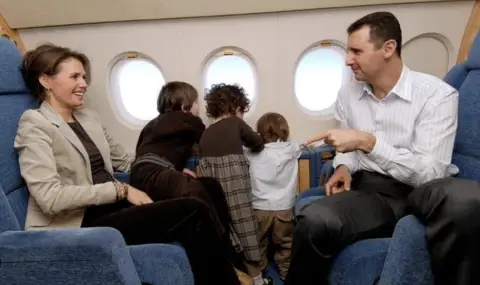WASHINGTON – The revelation, based on U.S. military intelligence, is part of a report issued Tuesday by the U.S. Defense Department’s inspector general on American and allied operations in Syria and Iraq.
In particular, the report warned that despite a series of crackdowns by the U.S.-backed Syrian Democratic Forces, IS, also known as ISIS or Daesh, retains significant influence in many of the camps, as well as freedom of movement, allowing it to target “the most susceptible” for recruitment.
“ISIS has given priority to smuggling boys out of these camps to training locations in the Syrian desert,” the report said, citing assessments from the U.S. Defense Intelligence Agency.
U.S. military officials further warned that the al-Hol displaced persons camp, in particular, has been a hotbed for IS recruitment and radicalization.
U.S. Central Command, which oversees U.S. forces in the Middle East, told the inspector general that in exchange for more money, female IS supporters increased their radicalization efforts at al-Hol between April and June, using social media to target children and teenagers.
The inspector general report did not say how many children had been recruited by IS and taken to training camps, but the concern is not new.
U.S. military officials have repeatedly warned about the potential for IS to take advantage of conditions at displaced persons camps as the terror group looks to regenerate its capabilities.
The commander of U.S. Central Command, General Kenneth “Frank” McKenzie, told lawmakers this past April that the situation in al-Hol and the other camps was a prime concern.
“Unless we find a way to pull these children out of these camps … find a way to reintegrate them into civil society and deradicalize them, we are giving ourselves a very significant military problem 10 years down the road,” he said.
Earlier this year, U.S. officials speaking on condition of anonymity told VOA they feared IS had managed to turn displaced persons camps, and al-Hol in particular, into bases from which the terror group could operate.
Al-Hol, home to more than 60,000 people, mostly women and children, was also emerging as a key transit point, both for funds and for people and weapons.
“ISIS has moved ISIS families out of al-Hol using smuggling networks in Hasakah and Deir el-Zour provinces, and smuggled weapons into the camps in recent months,” a U.S. official said at the time.
But hopes that the terror group’s grip on al-Hol was loosened by a five-day sweep of the camp by the SDF in April may have been unfounded.
U.S. military officials now say that despite making 125 arrests during the initial operation and additional arrests in follow-on actions, IS retains a “strong presence” in the camp and IS-directed killings at al-Hol are again on the rise.
Intelligence assessments shared by United Nations member states have also raised concerns about IS activity in Syria and Iraq, where the terror group is still thought to have 8,000 to 10,000 fighters at its command.
According to a U.N. report issued last month, IS in Syria “has evolved into an entrenched insurgency, exploiting weaknesses in local security to find safe havens” and to target local forces looking to counter the terror group’s efforts.
The report also warned that IS is actively working in Syria to “rebuild its combat capabilities.”
According to U.S. defense intelligence officials, the terror group has focused much of its effort in Syria’s eastern desert, also known as the Badiyah, where the difficult terrain has helped it to elude U.S. and coalition air power.
Officials said IS has also been careful not to attack U.S. partner forces in the region, instead carrying out a series of attacks against both Syrian government convoys and Iranian-backed militias.
By Jeff Seldin






